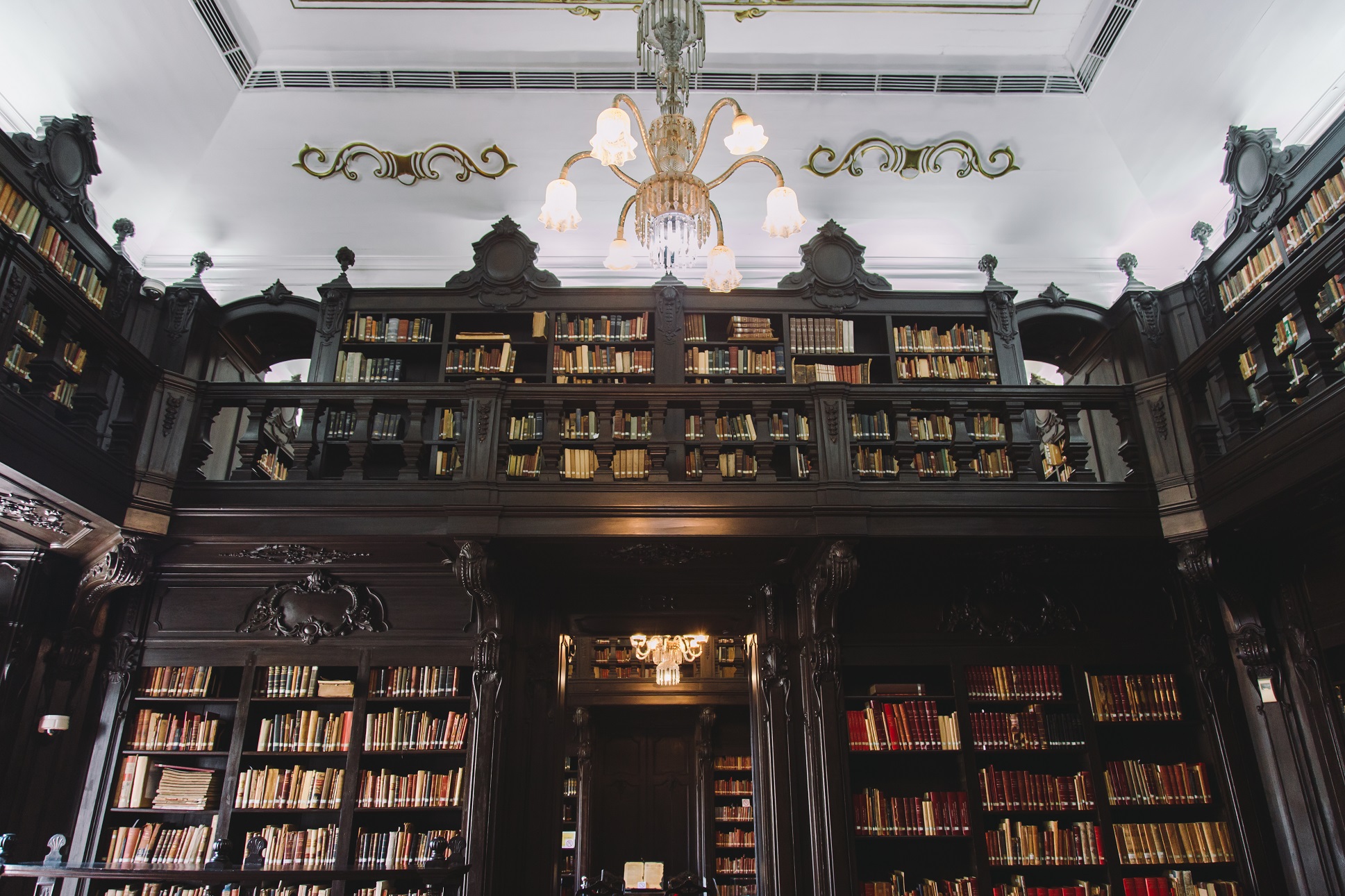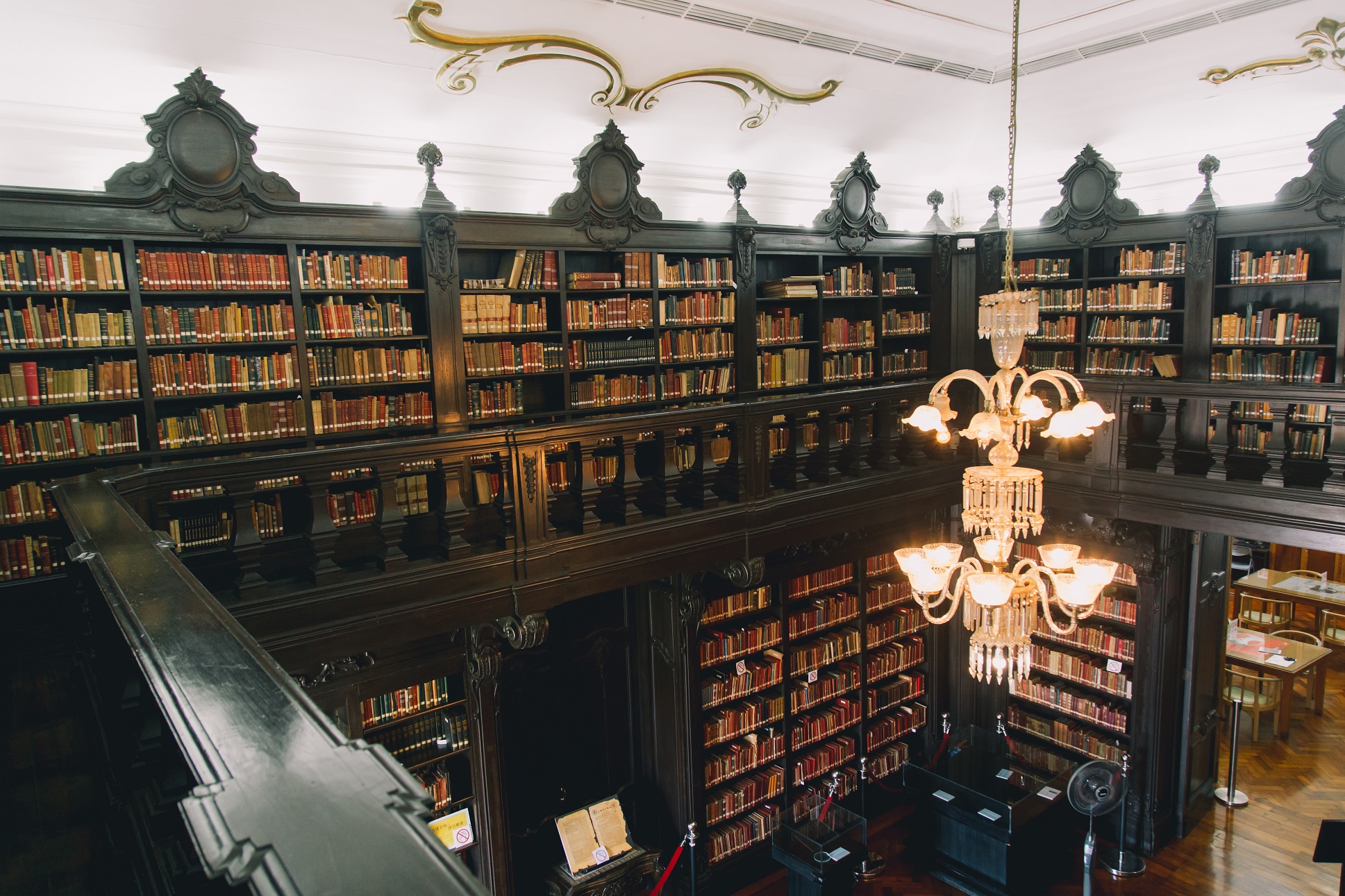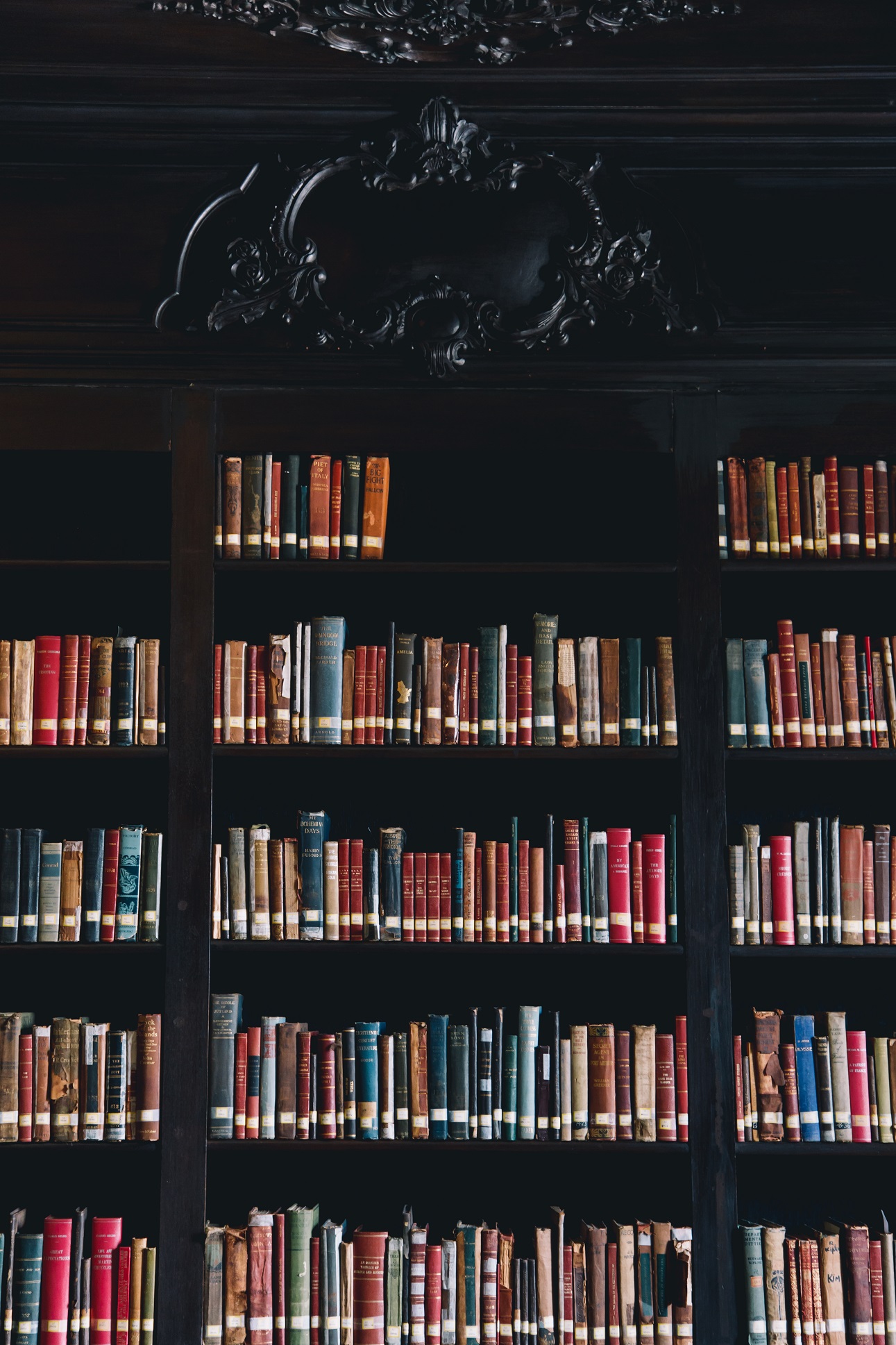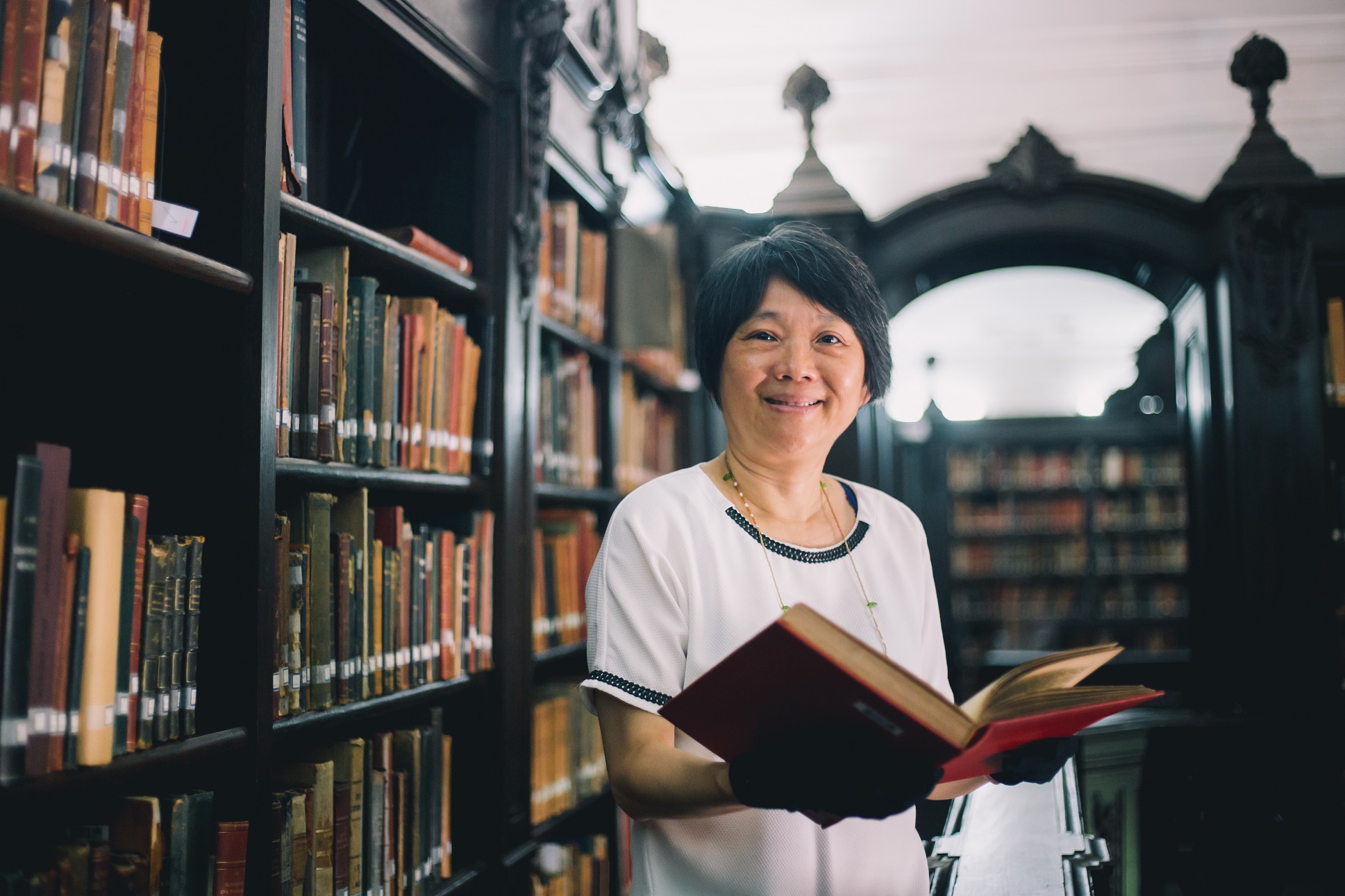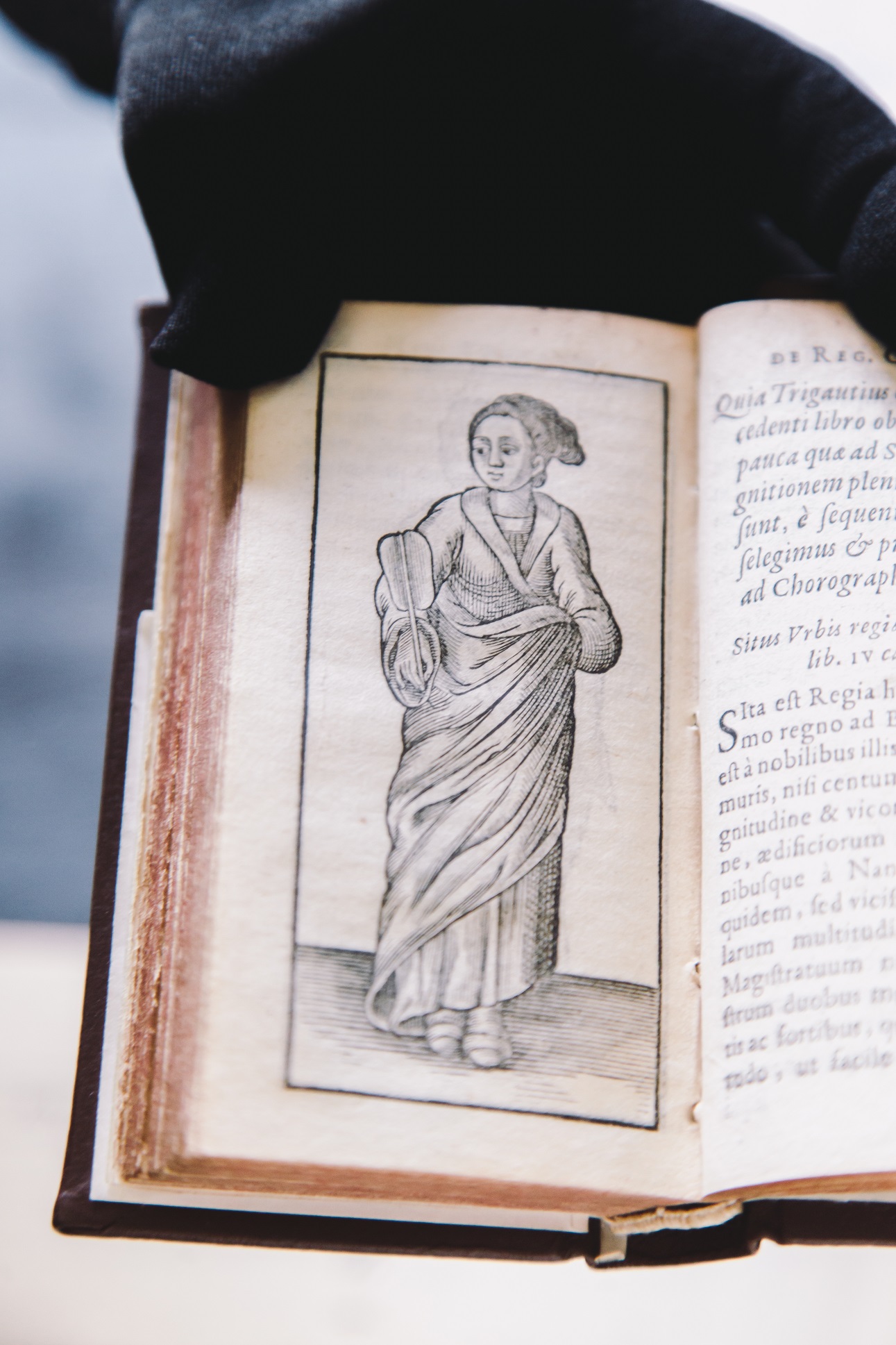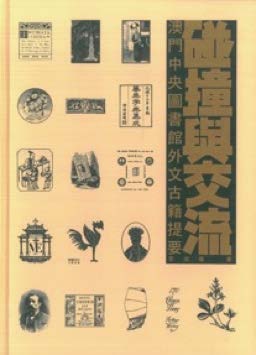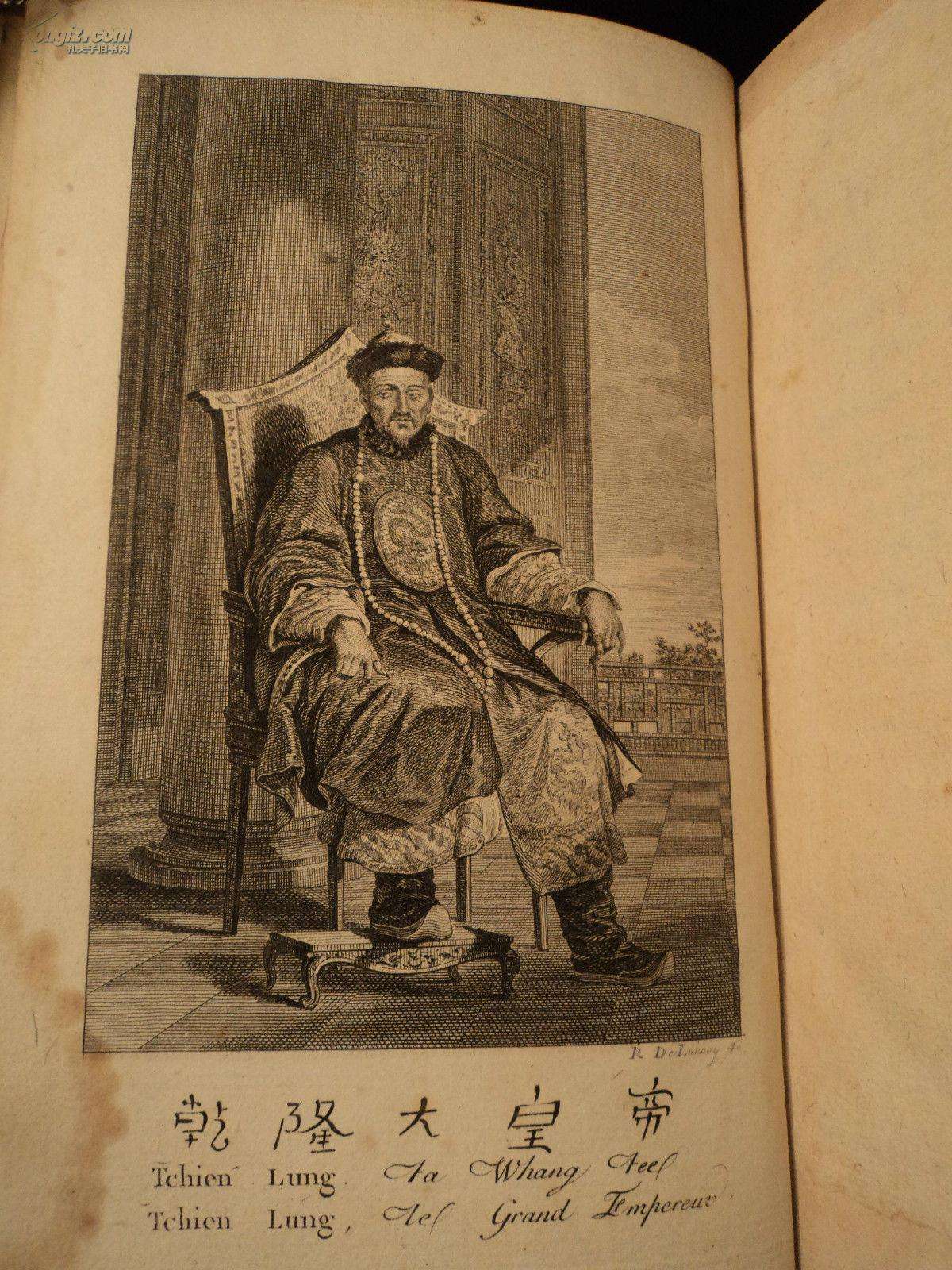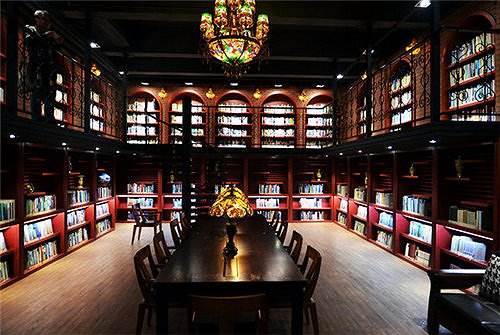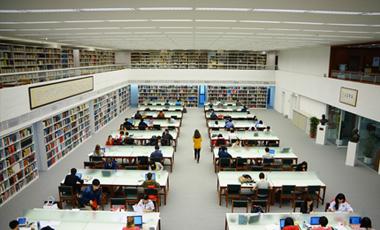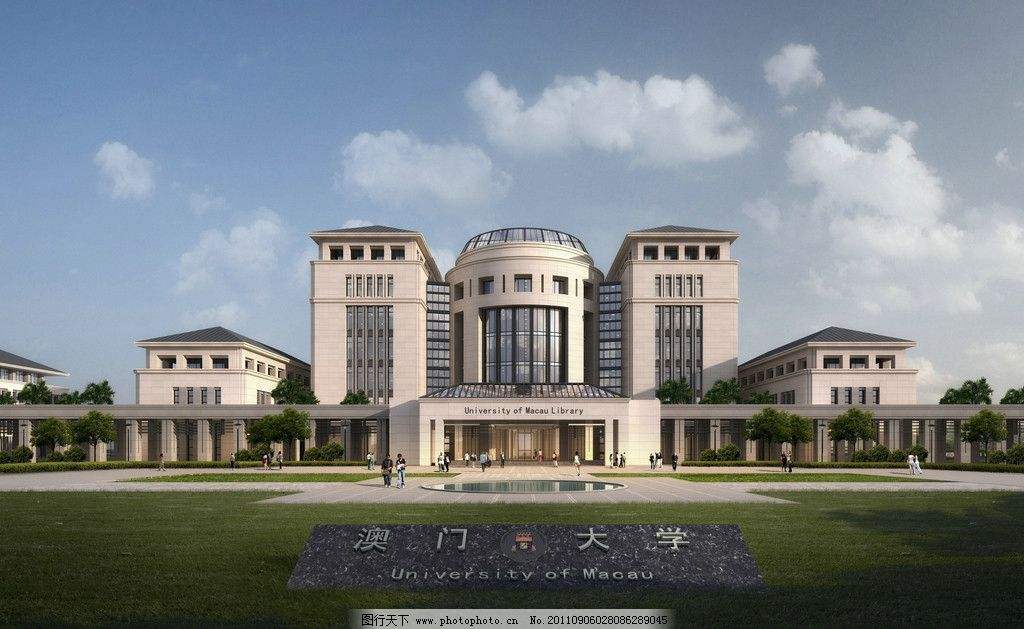Here we have selected several Western rare books which are the most representative of the library collection, with some recording the Sino-Portuguese treaty of commerce during the Qing Dynasty and some being dictionaries used by missionaries to spread Chinese and Western cultures in the past. These books, which mainly served as reference books of the time, now bear important value in historical studies and significant witness to Sino-Western cultural exchange in Macao.
1 - An English and Chinese Dictionary
Robert Morrison (1782-1834)
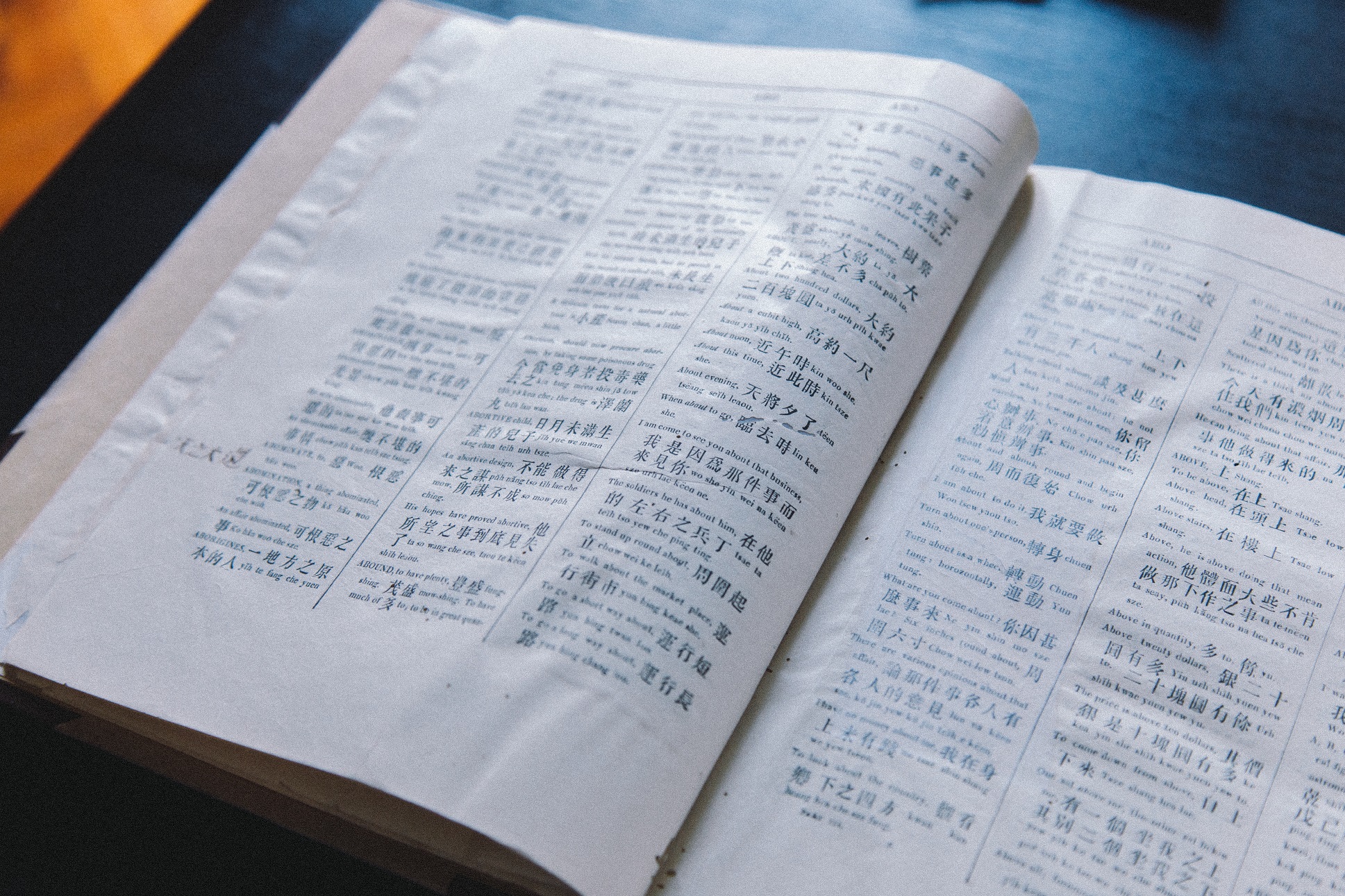
An English and Chinese Dictionary was compiled by Robert Morrison (1782-1834), a missionary to China from the London Missionary Society in 1807, and published by P. P. Thoms in Macao in 1822. The Dictionary is the third part of the publication – A Dictionary of the Chinese Language, in Three Parts – that comprises six volumes in three parts. Morrison added quite a few terminologies therein and made comparisons between knowledge from the West and China at that time, seeking to introduce Western concepts that had yet to be developed in China.
2 - Regni Chinensis Descriptio
Nicolas Trigault (1577-1628)
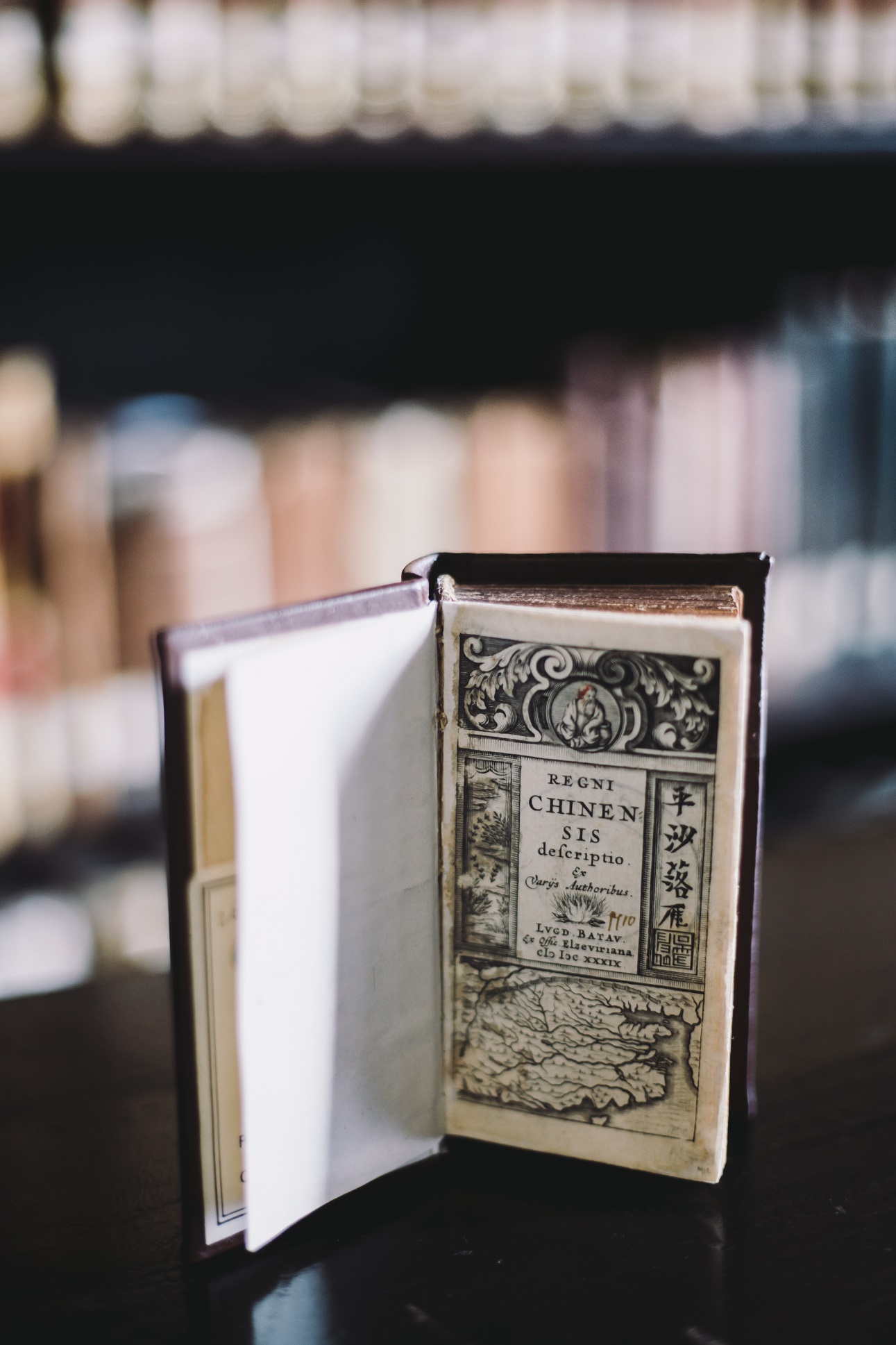
Regni Chinensis Descriptio, the first volume of The Notes on China of Father Matteo Ricci, is a rare book in Latin written by Nicolas Trigault (1577- 1628), mainly introducing to Western people Chinese history, geography and culture. The rare book was published by Elzeviriana in 1639 in the size of 11 x 6 x 2cm.
3 - Diccionario china-portuguez
by J. A. GonНalves
Macao: Real Collegio de S. JosО, 1833
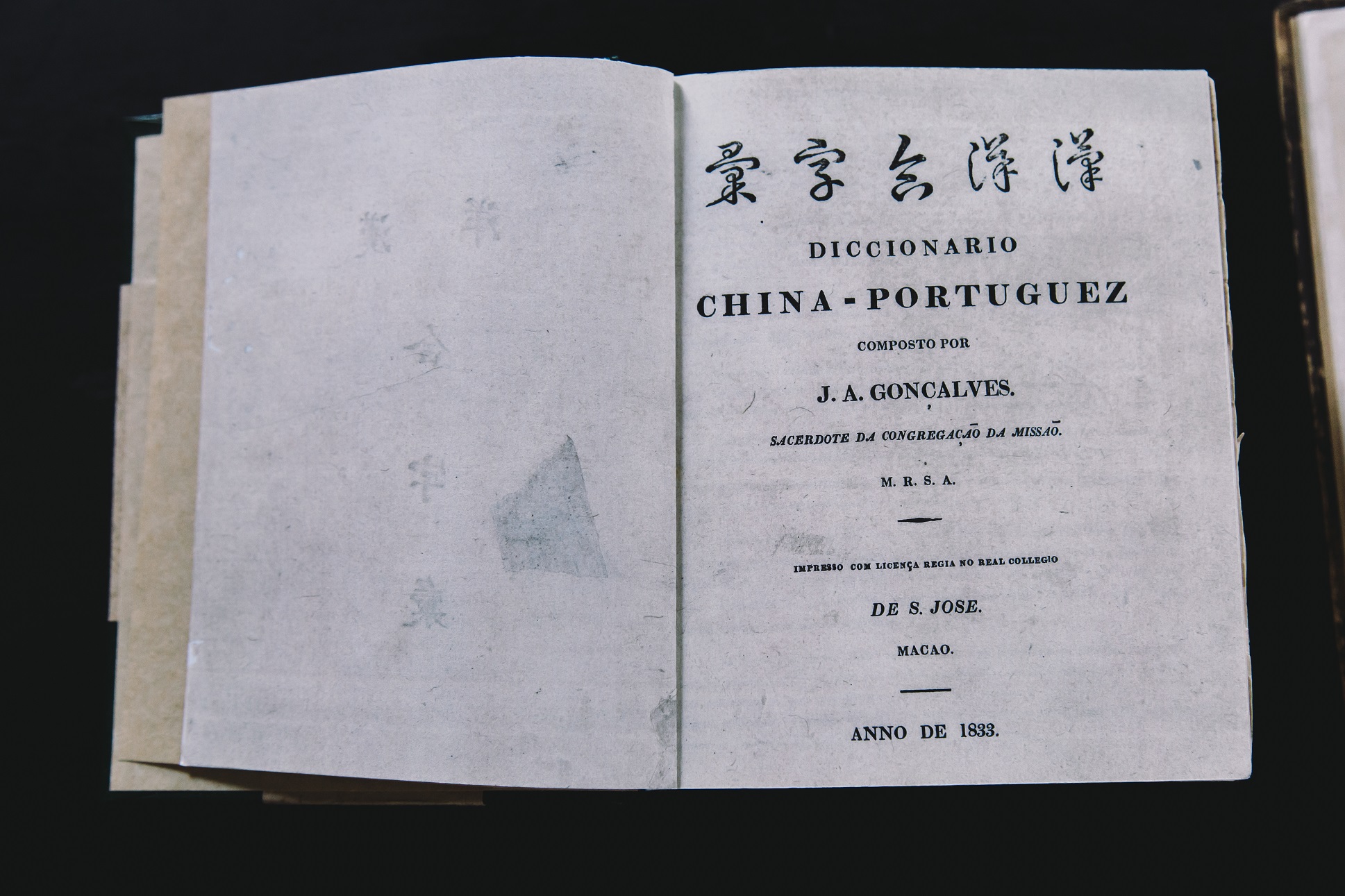
Compiled by Portuguese Sinologist Joaquim Afonso GonНalves (1781-1841) and published by the Real Collegio de S. JosО in 1833, the Diccionario china-portuguez is one of the important reference books and the earliest Chinese-Portuguese dictionary among other existent counterparts in Macao. The Sinologist was a member of the Congregation of Priests of the Mission–a reputed congregation in Macao–and was deemed as the most influential Sinologist of the time.
4 - A Chinese Dictionary in the Cantonese Dialect
by Ernest John Eitel
Hong Kong: Lane Crawford, 1877
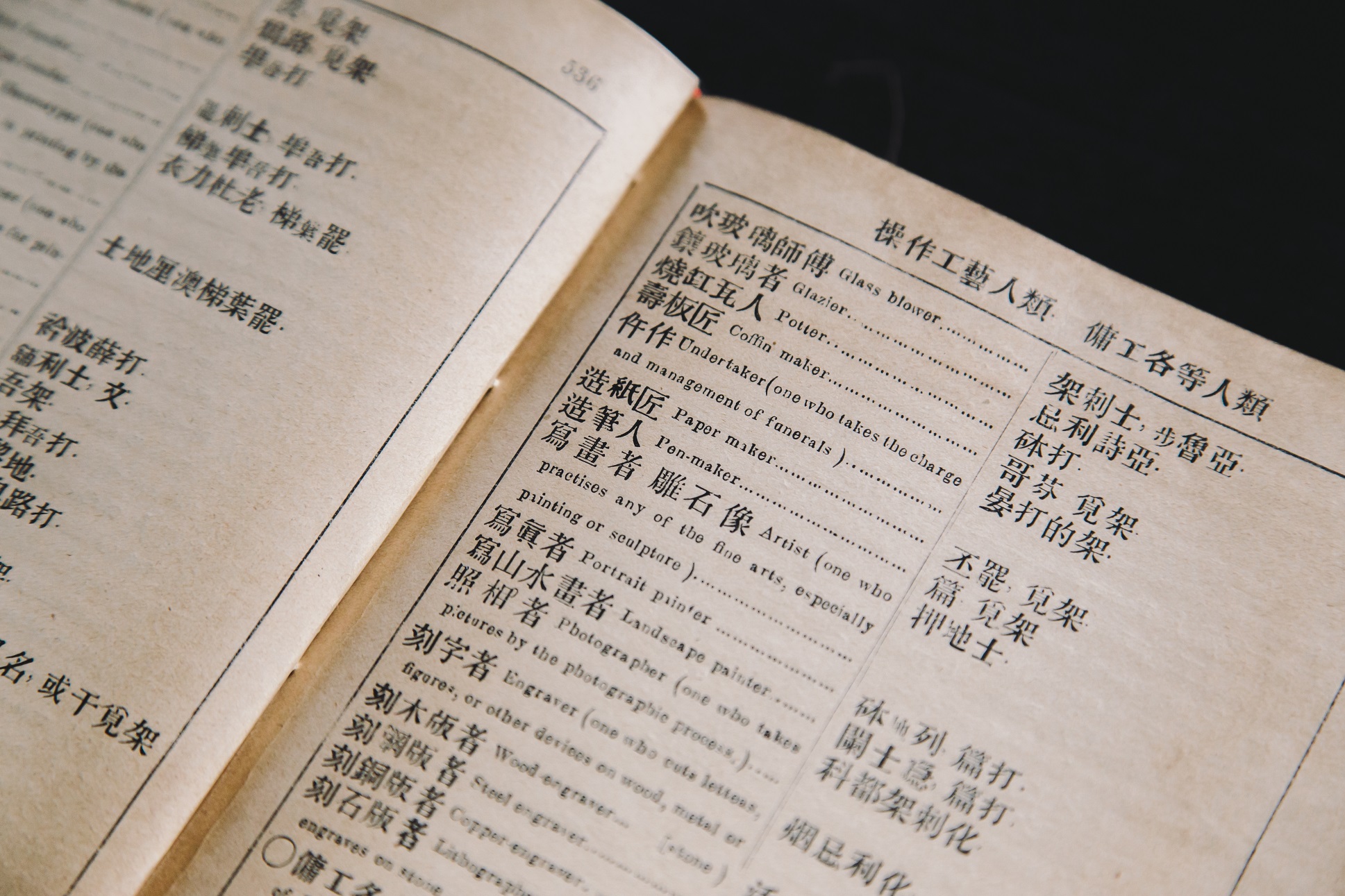
Ernest John Eitel (1838-1908), born in Württemberg, Germany, became a missionary after joining the Basel Mission in his early years and stayed in China for almost 30 years. In 1859, he was sent to Lilang District in Xin’an County (latterly known as Bao’an County), Guangdong for missionary work. Later in 1865, he transferred to the London Missionary Society and was responsible for missionary work in Poklo region of the Hakka inhabitant area in Guangdong. In 1870, he started working for the Hong Kong Government, having served as an adviser for foreign affairs and an interpreter for the Hong Kong Supreme Court. He also made certain contributions to the establishment of the Po Leung Kuk in Hong Kong. Eitel transliterated the tones of Cantonese based upon a predecessor’s work dedicated to the studies–A Tonic Dictionary of the Chinese Language in the Canton Dialect, seeking to standardize Cantonese tones by revising any incorrectness therein.
Apart from books, the IACM Building Library also houses 49 old newspapers in foreign languages published between 1822 and 1957.
1 - The China Bee (A Abelha da China)
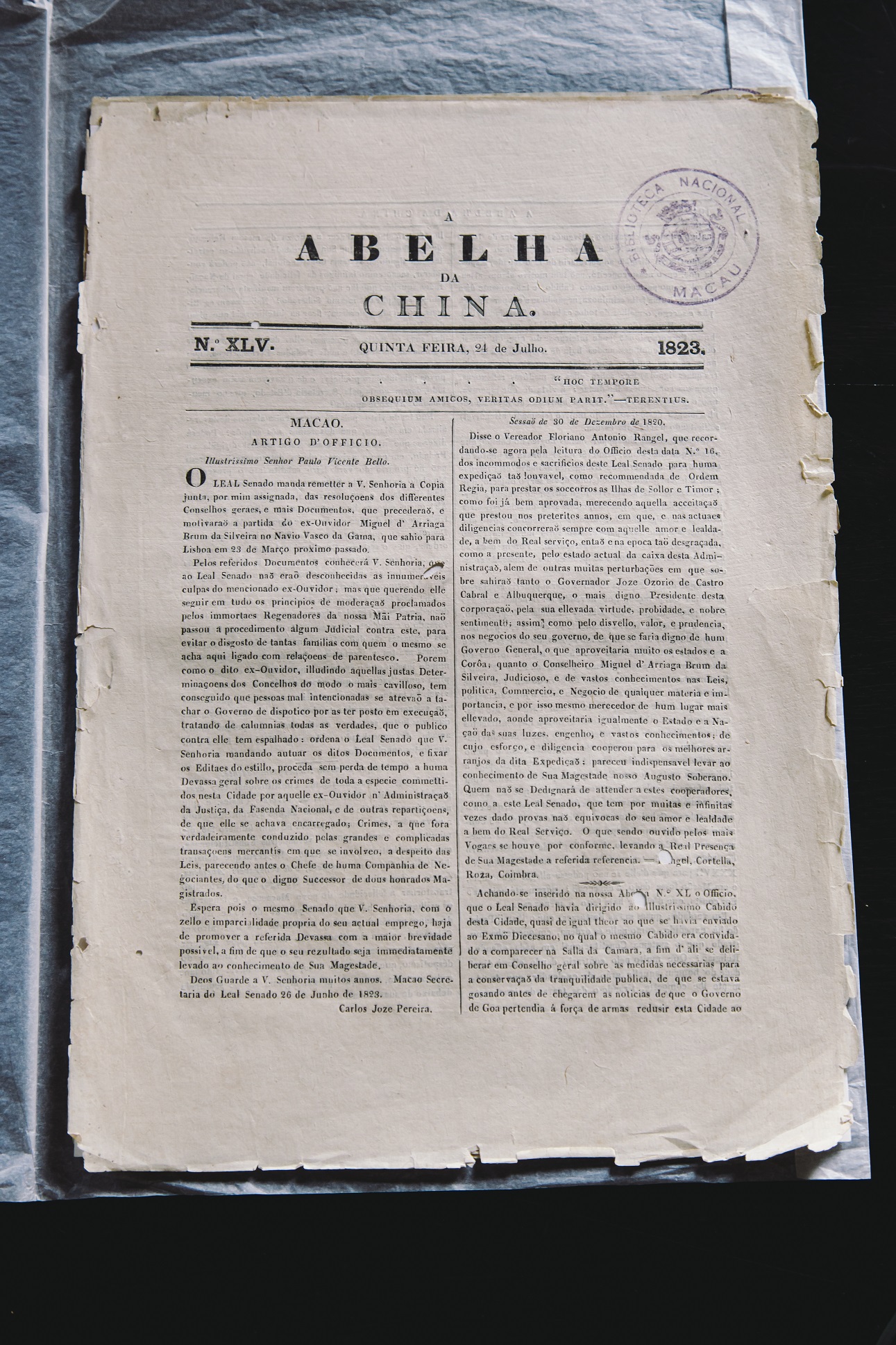
The China Bee was established in Macao on 12 September 1822 by the Portuguese of the Constitutional Party after they overthrew the Conservative Party, with the editor-in-chief being a reformist Dominican friar. A total of 67 issues had been published before it was suspended on 27 December 1823 due to the restoration of the monarchy in Portugal.
2 - Echo Macaense

The Chinese-Portuguese bilingual newspaper Echo Macaense was established in 1893 (19th year of Emperor Guangxu’s reign of the Qing Dynasty). The Chinese version, under the name of《鏡海叢報》, was later discontinued in 1895 and the Portuguese version, named Echo Macaense: Seminário Luso Chinez, in 1899. Despite different content in the two versions, both primarily published about political, economic and social matters, among others, and were printed by Tipografia Mercantil founded in 1855 with the printer and publisher being Nicolau Tolentino Fernandes. Being the first newspaper in modern China that was closely related to the bourgeois class and the democratic reform, it recorded Dr Sun Yat-sen’s activities in Macao and Guangzhou, therefore serving as important reference for the study of his life.
|
How to gain access to Western rare books?
Residents and visitors alike are welcome to visit the IACM Building Library during the opening hours (1pm to 7pm, Monday to Saturday). Copies of certain rare books are provided for in-house reading; however, all rare books are not available for loan. Readers who need to access the originals are required to submit to the Department of Public Library Management of the Cultural Affairs Bureau a prior application with proper justifications. Only when the application is approved can the original rare books be viewed in house.
|

